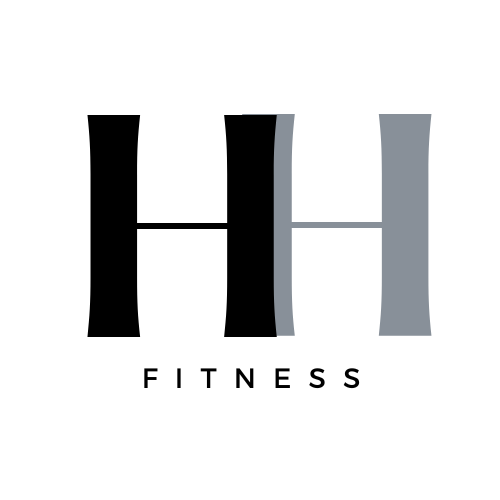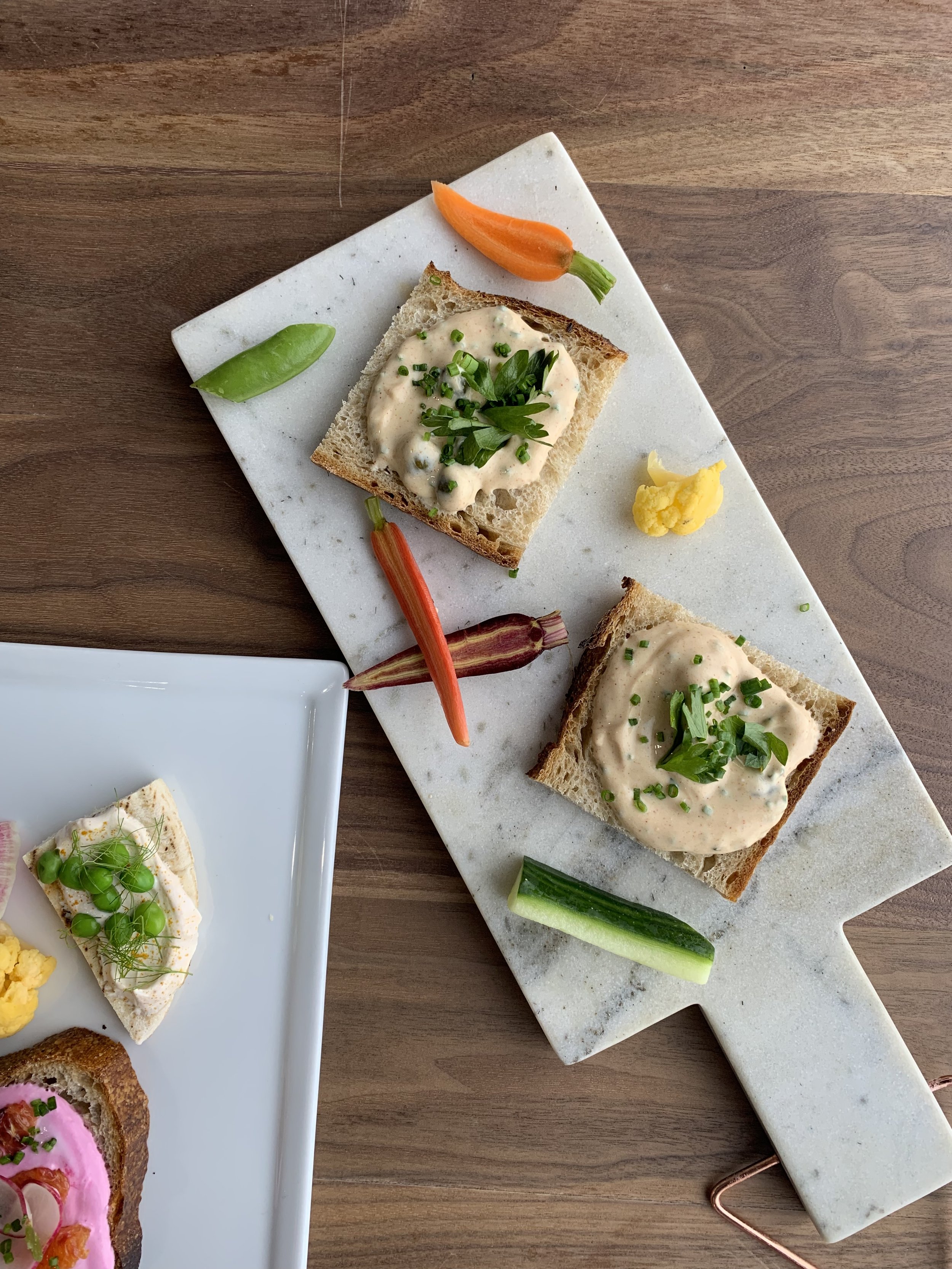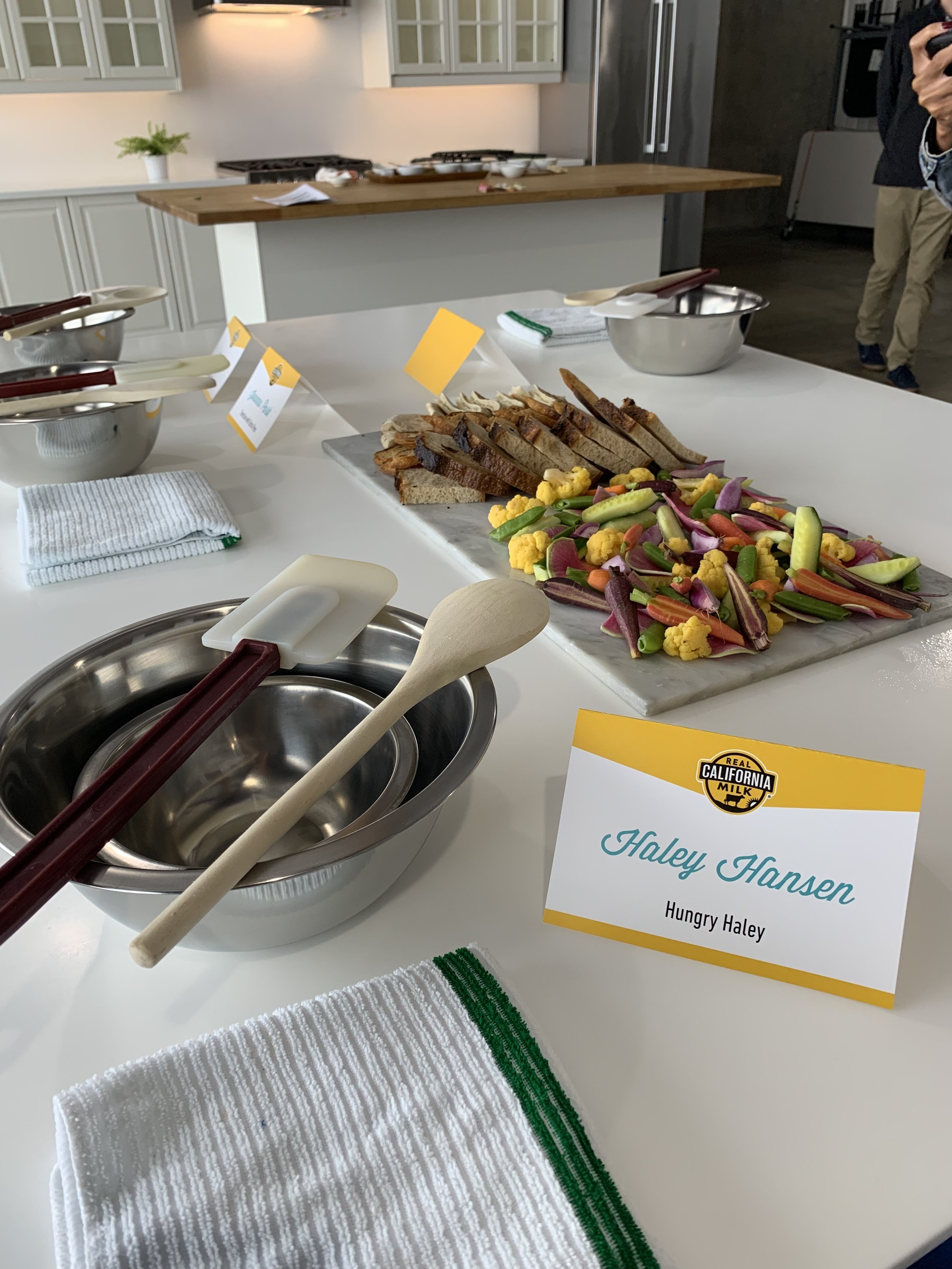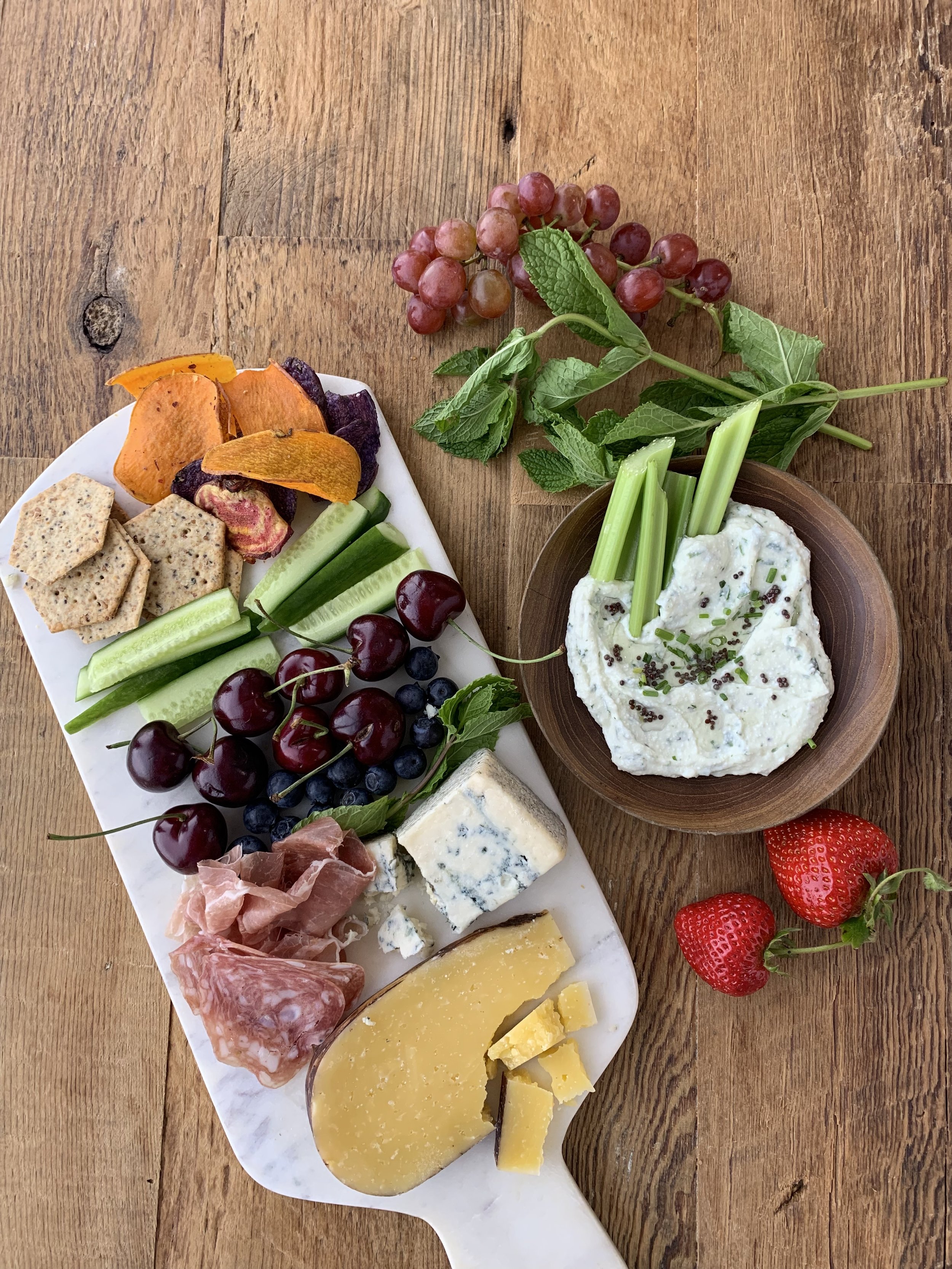This post is sponsored by Real California Milk - all opinions and statements are my own. I believe in dairy as a nutritious and sustainable component to a healthy lifestyle. This post is a recap from the Real California Milk Nourish Event. Thanks for supporting HungryHaley!
Other than graduating college (!!!), one of the most exciting events I’ve recently participated in was the Real California Milk Nourish Event, which I attended in LA with Connie and a handful of other local bloggers. The words “Real California Milk” in the email invite immediately caught my eye because this is a seal I look for at the grocery store when I’m on the hunt for milk, cheese, yogurt, and my other favorite dairy products. I’ve always known that seal must be significant - after all, not all the kids in school get gold stars, ya’ know? But, I’ve never really understood all that it encompasses, and that’s why I was interested in this event. Plus, I’m always in to learn more about nutrition and sustainability!
Here’s a recap of everything the Nourish event taught me. Enjoy!
We started the day with introductions of the panel as well as my fellow attendees, and followed with an open discussion on health and wellness, sustainability, food styling and photography, and social media engagement. The panel consisted of:
Megan Silva - CA dairy farmer at Frank N. Rocha Dairy
Maureen Lemos - CA dairy farmer at Lockwood III/Lemos Jerseys
Ashley Rosales, RDN - Director of Nutrition Science at Dairy Council of California
Pace Webb - chef with a sustainability and zero-waste approach
Marah Abel - professional food stylist
Lenoria Addison - digital media expert at Deutsch
Each member of the panel spoke in their area of expertise, but the attendees, like myself, were also able to give our input. All of us have a social media presence in the food and health/wellness realm, so we discussed the questions and perceptions we hear regarding dairy in these highly nutrition- and sustainability-conscious times.
If you’ve been a HungryHaley reader for a while, you may remember that two years ago I transitioned from a vegan diet to a more inclusive diet. Maybe you can imagine the feedback I got - most of it was positive and encouraging (thank you!), but some of it was terribly judgmental and discouraging. Those that were part of the latter category questioned how I could eat animal products when I knew the cruelty of farming, and how I could put such “unhealthy” food into my body. Just as I did my research before I went vegan, I did my research before I went non-vegan, and I found plenty of evidence-based research that convinced me of the health benefits and the new more sustainable farming practices that many California farmers are implementing. So, that’s where I am when it comes to dairy + nutrition and sustainability - more to come later in this post.
From here, we transitioned into our first learning station, led by Chef Pace Webb and Ashley Rosales, RDN. And by this time, my stomach was growling. I was very ready to get my hands on some food!
Yogurt is an absolute staple for me - I buy a tub every single week from the grocery store and pretty much lick the tub clean, so imagine my excitement when I saw bowls of whole milk yogurt, labneh, cottage cheese, and sour cream amongst a beautiful array of fresh fruits and vegetables, spices, oils and sauces, and gorgeous bread. Chef Pace Webb taught us some of her tips for reducing food waste by rethinking many of our favorite foods - yogurt can be used as a savory condiment, and doesn’t always need a sprinkle of granola on top. Here, I prepared two toasts: the first is a savory toast topped with a whole milk yogurt spread made with lemon juice, sriracha, chives, and paprika.
Of course, yogurt is a staple because I love the flavor and texture, but also because it’s a nutritionally dense food. With all the talk lately about promoting and maintaining gut microbiome health, we can’t help but look to yogurt as a rich source of probiotics. A randomized clinical trial conducted on adults with irritable bowel syndrome found that regular consumption of yogurt eased the symptoms of IBS, like constipation, gas, and bloating, among other things (1). Similar results have been found in subjects who don’t have IBS, but report some digestive issues like diarrhea, constipation, and stomach discomfort (2). Other nutrition-related reasons to love yogurt are it’s high-protein and low-sugar content, and high-vitamin D and calcium content.
Many of us at the event agreed that we’ve seen mixed reviews when it comes to whole milk dairy products - both pushback and emphasis on whether the fat in dairy is beneficial or harmful. Should we stay away from the full-fat versions and choose the low-fat versions, as some dietary guidelines have recommended for so long? It’s true that dairy fat is mostly saturated, and that saturated fats can increase the risk for certain cardiovascular conditions like atherosclerosis (clogged arteries), but emerging research brings up some new questions in this area. A study conducted throughout 21 countries on 5 different continents observed approximately 136,000 participants for 15 years. Results showed that consumption of dairy - regardless of the fat content - actually reduced the risk of cardiovascular disease (3).
Interesting. And while we’re talking about fat, can we all just agree that the higher fat, whole milk versions taste so. much. better.?! Cool. Moving on.
And that leads me into our next activity - we built our own cheese boards! This has been on my cooking bucket list (is it even really cooking?) for so long. I think cheese boards are one of the most beautiful creations, yet also extremely intimidating to create because of that beauty. All the fix-ins can be spendy, too - cheese, nuts, dried fruit, dried meats, etc. Anyway, I was stoked for the opportunity to learn how to create my own (for free!). Food stylist Marah Abel guided us through this process and opened my eyes to how simple this actually is. Just those few basic ingredients can really go a long way to create something eye-catching, appetizing, and crowd-pleasing.
I’dd admit that when I think of cheese boards, I think of social gatherings. I don’t think of the nutrition facts right away. Yes, cheese and nuts and salami are fattier foods, but that doesn’t mean we should avoid them altogether because they do have nutritional benefits. And, nutrition facts aside, they taste delicious and it can be such a joy to share food with others! If we boil food down to nothing but the nutrition facts, we miss out on so much flavor and enjoyment, both of the food and the experience.
The food activities were such a blast, but I was most excited to hear from the farmers. I’ve studied nutrition both in school and on my own time (yes, I think it’s fun) for the last 5+ years, so I wanted to learn more about how Real California Milk farmers are taking steps toward sustainability. Most importantly, I wanted to know more on what the Real California Milk seal actually means. What standards must a product meet in order to earn that seal that sets it apart from other products in the store?
So, the seal. Having the Real California Milk seal on the dairy product (could be milk, cheese, yogurt, ice cream, etc.) guarantees that the milk used in the production comes from 100% California dairy farms, and 99% of California dairy farms are family-owned.California dairy farms also follow certain standards when it comes to caring for the cows, like making sure they have access to a nutritious diet, strong medical care, and a healthy living environment. The cows have access to clean water and food 24 hours a day, and live in communal stalls and pastures for the freedom to move and graze as they please. Not only that, California dairies make sure to follow the most stringent sustainability practices in the U.S. The cows’ feed includes grains, corn, grass, and byproducts like citrus pulp and almond hulls, and the last two are part of the sustainability effort to reduce waste (5, 6).
Other sustainability efforts include water recirculation projects to reduce water usage, manure recycling, and others. Dante Migliazzo, a dairy farmer in Atwater, California, says “The farm is a nitrogen producer; the crops are nitrogen users. If everything is done in proper balance, we have the opportunity to use and to grow and to be green.” For more information on how Real California Milk farms are run on a daily basis, click here for short and informative documentaries.
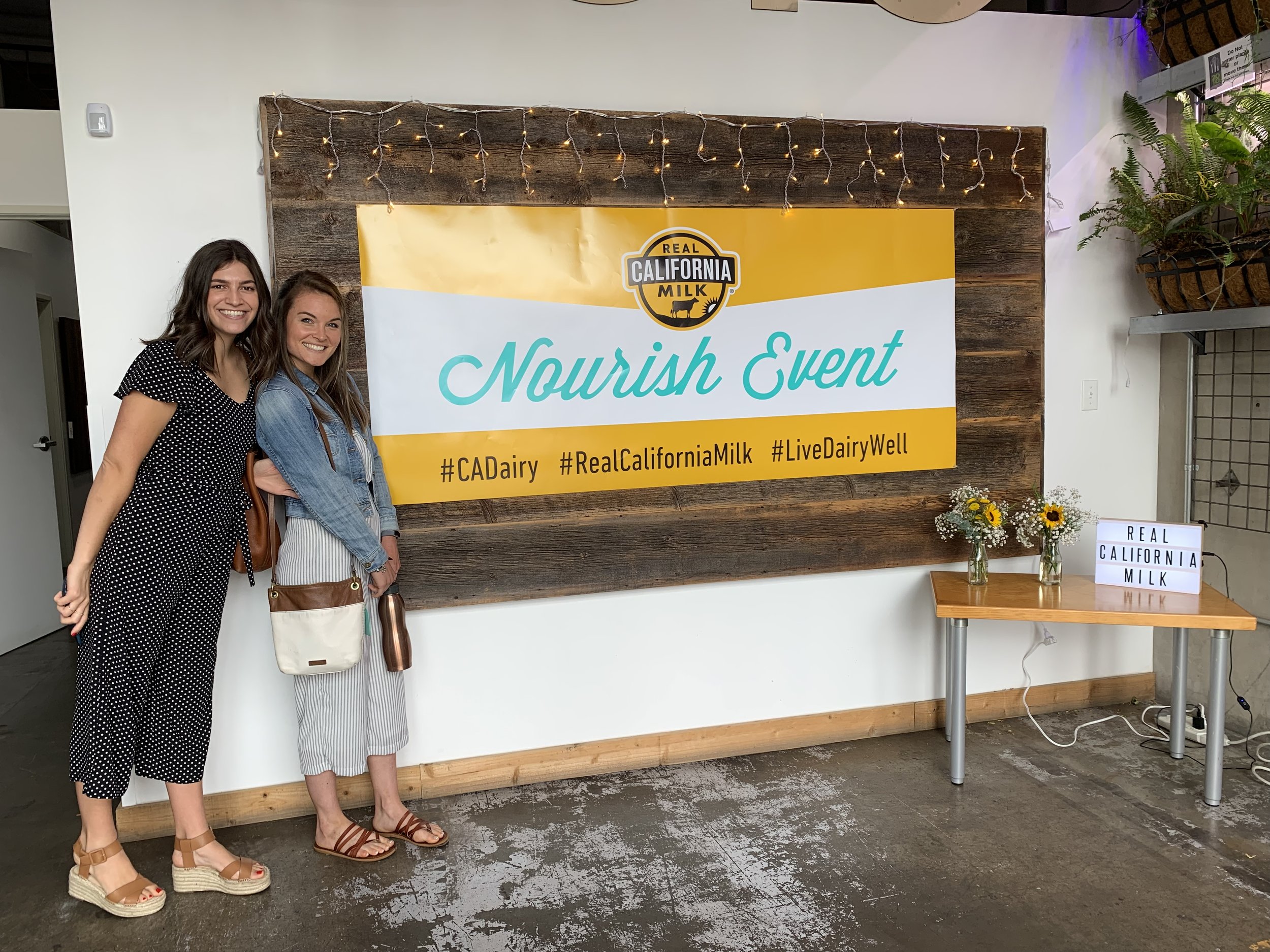
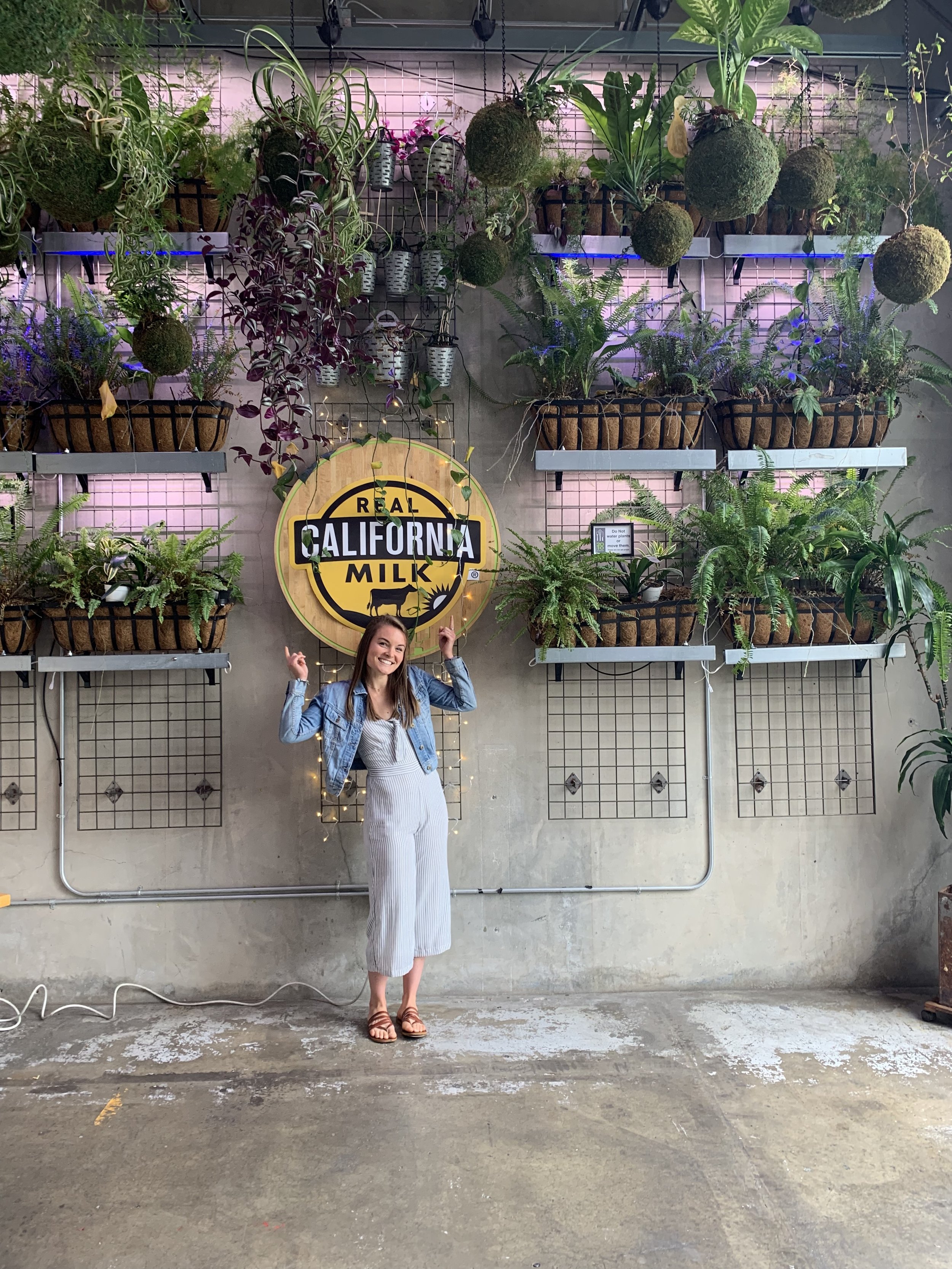
It’s events like this that help make blogging so special to me. This is more than just creating recipes and photographing the product. This is connecting with other passionate individuals, sharing our stories, and teaching, learning, and expanding our network. Thanks so much for taking the time to read, and I hope that this information helps you understand more about the nutritional benefits of dairy, and how Real California Milk promotes nutrition, sustainability, and honest farming practices.
References:
Guyonnet, D., Chassany, O., Ducrotte, P., Picard, C., Mouret, M., Mercier, C., & Matuchansky, C. (2007). Effect of a fermented milk containing Bifidobacterium animalis DN-173 010 on the health-related quality of life and symptoms in irritable bowel syndrome in adults in primary care: A multicentre, randomized, double-blind, controlled trial. Alimentary Pharmacology & Therapeutics,26(3), 475-486. doi:10.1111/j.1365-2036.2007.03362.x
Probiotics: In Depth. (2018, July 31). Retrieved July 16, 2019, from https://nccih.nih.gov/health/probiotics/introduction.htm
Bellastella, A. (2017). Faculty of 1000 evaluation for Associations of fats and carbohydrate intake with cardiovascular disease and mortality in 18 countries from five continents (PURE): A prospective cohort study. F1000 - Post-publication Peer Review of the Biomedical Literature,392(10161). doi:10.3410/f.730372215.793539657
https://www.dairyherd.com/article/innovations-california-dairy-shows-new-strategies
